
Sheer Strength in Layers: The Dynamic Role of Transparent BOPP Soft Films
2025-10-28 15:18 In the vibrant tapestry of modern packaging, where every layer tells a story of preservation and presentation, transparent BOPP soft films emerge as the luminous threads that bind it all together.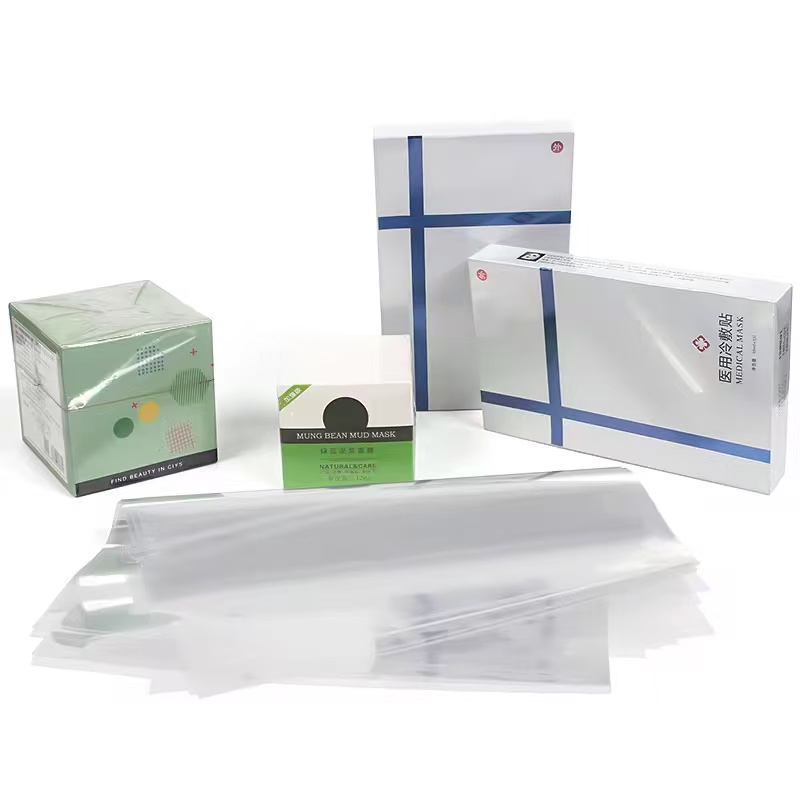 Biaxially Oriented Polypropylene (BOPP) films, these supple guardians of goods, are extruded masterpieces—thin sheets, often 10-60 microns thick, stretched in two directions to achieve a crystalline clarity that rivals the finest crystal. Imagine a film so gossamer yet so resilient that it can swaddle a bouquet of ripe tomatoes without crushing their tender skins, or encase a sleek lipstick tube in a veil of unblemished allure. This is the magic of transparent BOPP soft films: a polymer born from propylene's simple elegance, oriented to unlock superhuman properties in softness and shine.
Biaxially Oriented Polypropylene (BOPP) films, these supple guardians of goods, are extruded masterpieces—thin sheets, often 10-60 microns thick, stretched in two directions to achieve a crystalline clarity that rivals the finest crystal. Imagine a film so gossamer yet so resilient that it can swaddle a bouquet of ripe tomatoes without crushing their tender skins, or encase a sleek lipstick tube in a veil of unblemished allure. This is the magic of transparent BOPP soft films: a polymer born from propylene's simple elegance, oriented to unlock superhuman properties in softness and shine.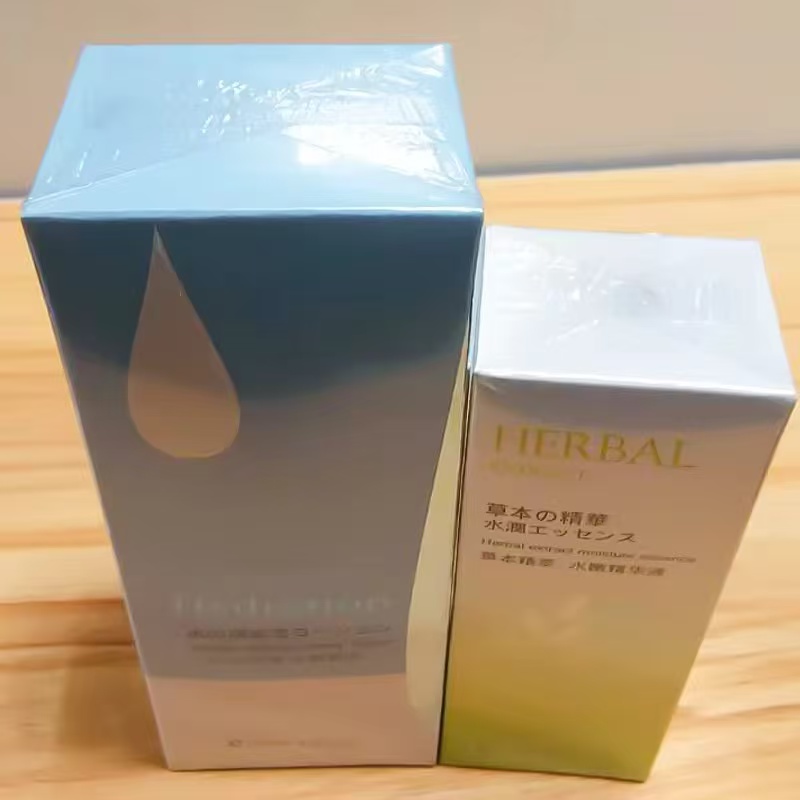
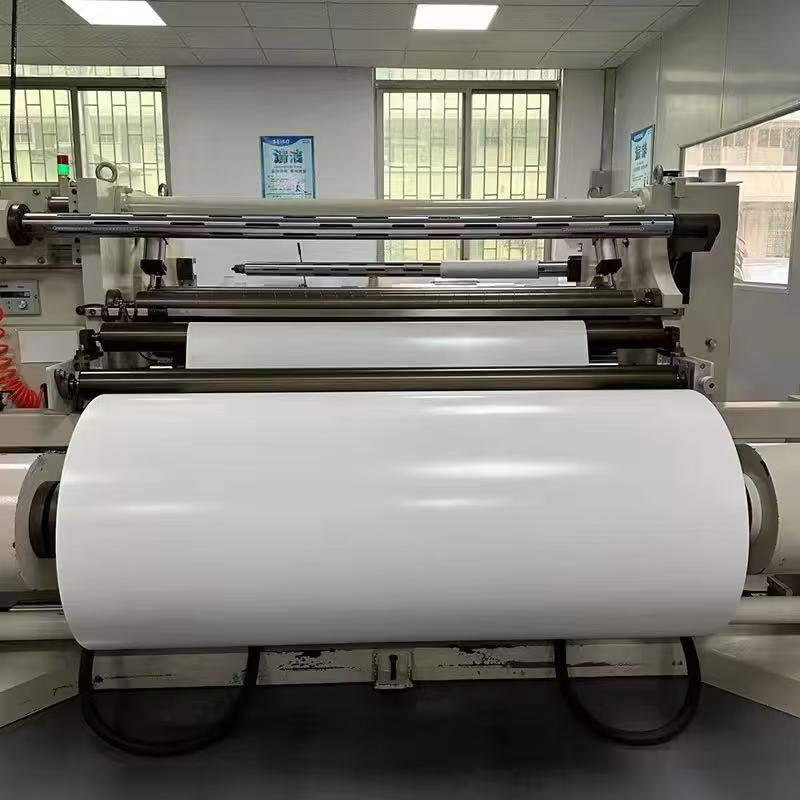 Mechanical fortitude anchors these films in reliability. With tensile strength reaching 200-250 MPa in machine direction, they resist tears like a spider's silk under strain, elongating 150% before yield to absorb shocks from mishandled cartons. Puncture resistance, measured at over 50 N for a standard needle, shields against jagged edges in transit—envision a pallet of vegetable pouches tumbling from a forklift, emerging unscathed with produce intact. This durability stems from the biaxial orientation, which distributes stress evenly across the film's plane, preventing localized failures. Dart impact tests confirm it: at 20 microns, BOPP withstands 200 g drops from 1 meter, outperforming non-oriented films by threefold.
Mechanical fortitude anchors these films in reliability. With tensile strength reaching 200-250 MPa in machine direction, they resist tears like a spider's silk under strain, elongating 150% before yield to absorb shocks from mishandled cartons. Puncture resistance, measured at over 50 N for a standard needle, shields against jagged edges in transit—envision a pallet of vegetable pouches tumbling from a forklift, emerging unscathed with produce intact. This durability stems from the biaxial orientation, which distributes stress evenly across the film's plane, preventing localized failures. Dart impact tests confirm it: at 20 microns, BOPP withstands 200 g drops from 1 meter, outperforming non-oriented films by threefold.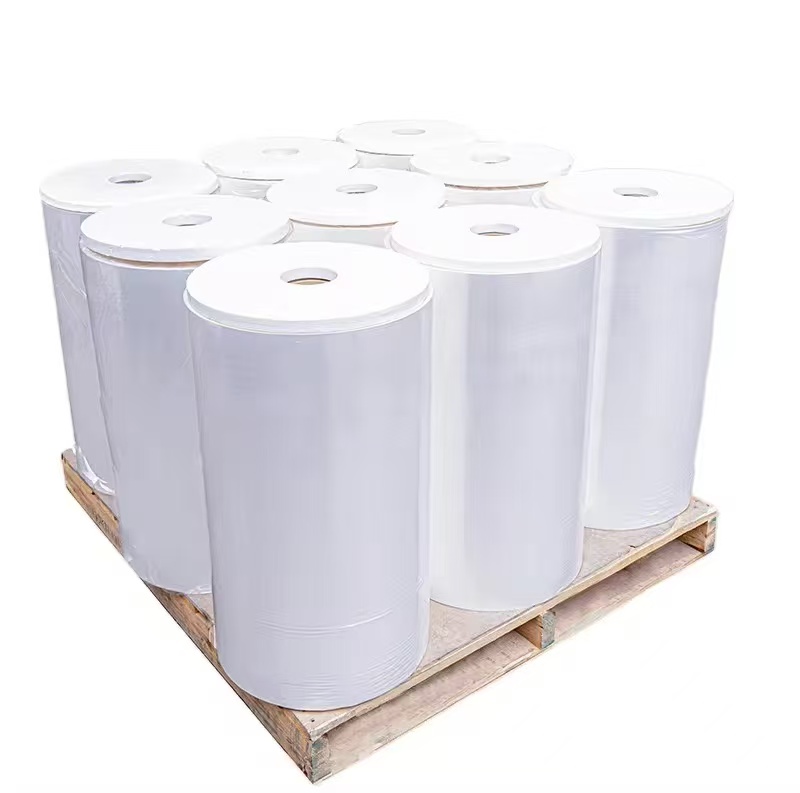 Flexibility dances hand-in-hand with this toughness, allowing the film to conform like liquid silk around irregular forms. Low modulus of elasticity—around 2,000 MPa—means it folds without creasing permanently, ideal for high-speed wrapping machines churning 400 packs per minute. Heat-sealability, activating at 120-150°C with dwell times under 0.5 seconds, forges bonds stronger than 30 N/15mm peel, ensuring tamper-proof enclosures. The film's low coefficient of friction (0.2-0.3) glides through machinery, slashing jams by 40% in automated lines.Barrier credentials elevate BOPP from wrapper to warden. Oxygen transmission rates hover at 1,500-2,000 cc/m²/day at 23°C, sufficient for ambient-shelf items where aroma retention trumps total hermeticity. Moisture vapor transmission, under 5 g/m²/day, keeps humidity at bay, preserving crispness in crackers or succulence in salads. UV blockers, inherent in the polymer's structure, absorb 95% of rays below 350 nm, staving off oxidation in light-exposed displays. Surface treatments like acrylic coatings enhance these traits, boosting water resistance while maintaining print receptivity—inks adhere with rub tests exceeding 1,000 cycles.
Flexibility dances hand-in-hand with this toughness, allowing the film to conform like liquid silk around irregular forms. Low modulus of elasticity—around 2,000 MPa—means it folds without creasing permanently, ideal for high-speed wrapping machines churning 400 packs per minute. Heat-sealability, activating at 120-150°C with dwell times under 0.5 seconds, forges bonds stronger than 30 N/15mm peel, ensuring tamper-proof enclosures. The film's low coefficient of friction (0.2-0.3) glides through machinery, slashing jams by 40% in automated lines.Barrier credentials elevate BOPP from wrapper to warden. Oxygen transmission rates hover at 1,500-2,000 cc/m²/day at 23°C, sufficient for ambient-shelf items where aroma retention trumps total hermeticity. Moisture vapor transmission, under 5 g/m²/day, keeps humidity at bay, preserving crispness in crackers or succulence in salads. UV blockers, inherent in the polymer's structure, absorb 95% of rays below 350 nm, staving off oxidation in light-exposed displays. Surface treatments like acrylic coatings enhance these traits, boosting water resistance while maintaining print receptivity—inks adhere with rub tests exceeding 1,000 cycles.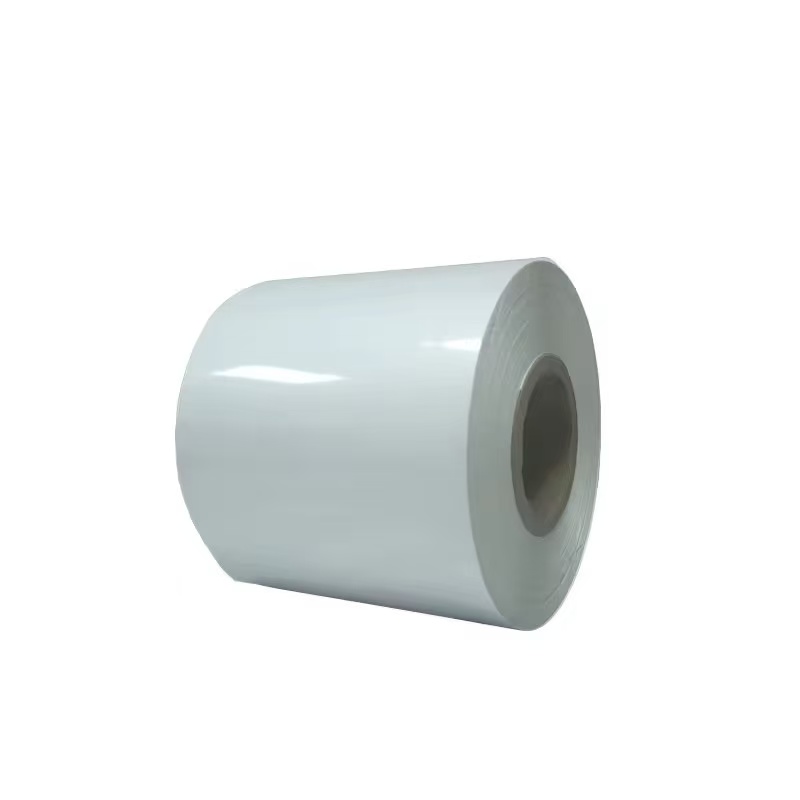 Eco-consciousness infuses every micron. Fully recyclable in PP streams, BOPP films boast a carbon footprint 30% lighter than glass, with density at 0.91 g/cm³ minimizing material mass. Down-gauging innovations—thinning to 12 microns without strength loss—cut usage by 25%, while bio-based propylene variants from sugarcane reduce fossil reliance. Lifecycle analyses peg their end-of-life impact low: 90% recovery in sorted waste, re-extrudable with 95% property retention after five cycles.Printability turns these films into storytelling canvases. Corona-treated surfaces (dyne level 38-42) welcome flexographic inks in vivid Pantone arrays, enabling holographic effects or matte-varnish contrasts that pop under LED lights. Anti-fog additives, migrating to the surface, clear condensation in refrigerated cases, revealing chilled delights without misty barriers.
Eco-consciousness infuses every micron. Fully recyclable in PP streams, BOPP films boast a carbon footprint 30% lighter than glass, with density at 0.91 g/cm³ minimizing material mass. Down-gauging innovations—thinning to 12 microns without strength loss—cut usage by 25%, while bio-based propylene variants from sugarcane reduce fossil reliance. Lifecycle analyses peg their end-of-life impact low: 90% recovery in sorted waste, re-extrudable with 95% property retention after five cycles.Printability turns these films into storytelling canvases. Corona-treated surfaces (dyne level 38-42) welcome flexographic inks in vivid Pantone arrays, enabling holographic effects or matte-varnish contrasts that pop under LED lights. Anti-fog additives, migrating to the surface, clear condensation in refrigerated cases, revealing chilled delights without misty barriers.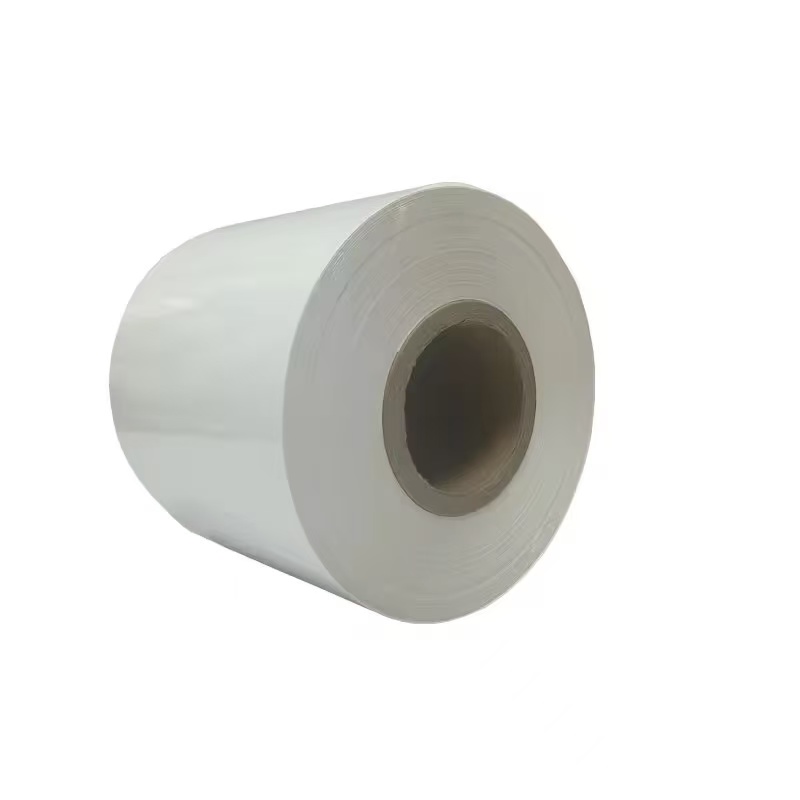 Venturing into applications, transparent BOPP soft films unfurl across sectors like a versatile banner. In food packaging, they star as overwraps for bakery delights—slicing through a loaf's crust to display golden crumbs that tempt with freshness. Flow-wrap machines encase chocolates in seamless tubes, the film's seal integrity holding firm against 40°C heat waves in summer trucks, extending shelf life by 50% via controlled atmosphere pockets. For ready-meals, lamination with EVOH layers fortifies barriers, but the base BOPP ensures microwave-safe transparency, letting diners peek at steaming stir-fries without unwrapping.
Venturing into applications, transparent BOPP soft films unfurl across sectors like a versatile banner. In food packaging, they star as overwraps for bakery delights—slicing through a loaf's crust to display golden crumbs that tempt with freshness. Flow-wrap machines encase chocolates in seamless tubes, the film's seal integrity holding firm against 40°C heat waves in summer trucks, extending shelf life by 50% via controlled atmosphere pockets. For ready-meals, lamination with EVOH layers fortifies barriers, but the base BOPP ensures microwave-safe transparency, letting diners peek at steaming stir-fries without unwrapping.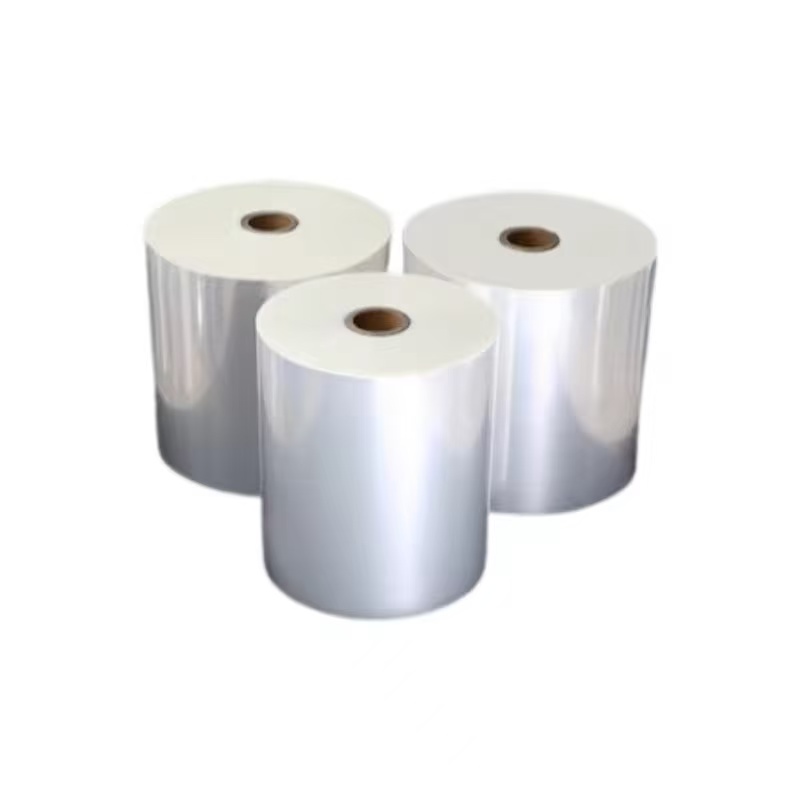 Vegetable packaging harnesses BOPP's breathability for nature's bounty. Perforated films, punched with micro-holes (0.5-1 mm), balance ethylene venting to delay senescence—broccoli florets stay emerald for 10 days versus 5 in uncoated bags. The clarity showcases organic labels and vibrant hues: a punnet of strawberries gleams ruby through the sheen, boosting farm-to-table appeal. In wholesale crates, machine-stretch BOPP nets secure loads, its 300% elongation preventing spillage during forklift jostles, while transparency aids quick inventory scans.
Vegetable packaging harnesses BOPP's breathability for nature's bounty. Perforated films, punched with micro-holes (0.5-1 mm), balance ethylene venting to delay senescence—broccoli florets stay emerald for 10 days versus 5 in uncoated bags. The clarity showcases organic labels and vibrant hues: a punnet of strawberries gleams ruby through the sheen, boosting farm-to-table appeal. In wholesale crates, machine-stretch BOPP nets secure loads, its 300% elongation preventing spillage during forklift jostles, while transparency aids quick inventory scans.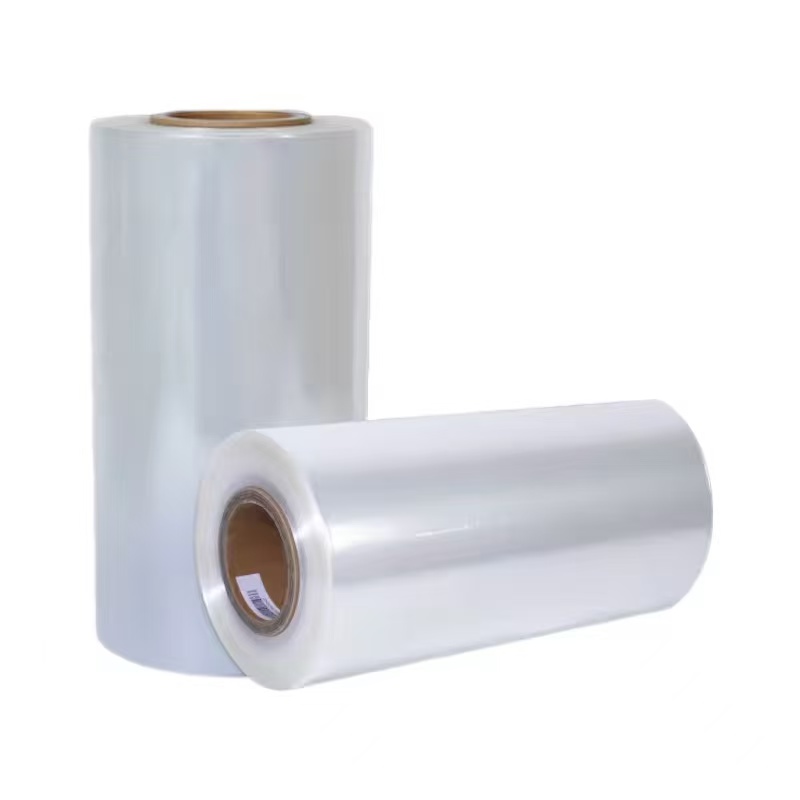 Cosmetics packaging elevates luxury with BOPP's elegant drape. Shrink sleeves contract 40% at 90°C around curved serums, creating a second-skin fit that highlights pearlescent swirls. The film's chemical inertness repels oily exudates, maintaining seal purity for 24 months. Sachet pouches for travel masks unfold flat yet seal hermetically, their see-through panels teasing silky textures—consumers envision the spa-like ritual before purchase. Anti-counterfeit holograms etched on BOPP layers add security, iridescent shifts under tilt verifying authenticity in duty-free aisles.Cigarette packaging demands discretion and durability, where BOPP cellophane overwraps provide that subtle sheen. Bundles of 20s slide into tamper-evident films that tear with precision zip-strips, revealing foil inners unmarred. The film's low permeability curbs flavor fade, preserving tobacco's nuanced notes for 18 months. In humid climates, moisture barriers prevent pack swelling, while print clarity ensures regulatory warnings stand bold. High-speed bundlers wrap 600 packs/minute, the film's slip properties averting pile-ups.
Cosmetics packaging elevates luxury with BOPP's elegant drape. Shrink sleeves contract 40% at 90°C around curved serums, creating a second-skin fit that highlights pearlescent swirls. The film's chemical inertness repels oily exudates, maintaining seal purity for 24 months. Sachet pouches for travel masks unfold flat yet seal hermetically, their see-through panels teasing silky textures—consumers envision the spa-like ritual before purchase. Anti-counterfeit holograms etched on BOPP layers add security, iridescent shifts under tilt verifying authenticity in duty-free aisles.Cigarette packaging demands discretion and durability, where BOPP cellophane overwraps provide that subtle sheen. Bundles of 20s slide into tamper-evident films that tear with precision zip-strips, revealing foil inners unmarred. The film's low permeability curbs flavor fade, preserving tobacco's nuanced notes for 18 months. In humid climates, moisture barriers prevent pack swelling, while print clarity ensures regulatory warnings stand bold. High-speed bundlers wrap 600 packs/minute, the film's slip properties averting pile-ups.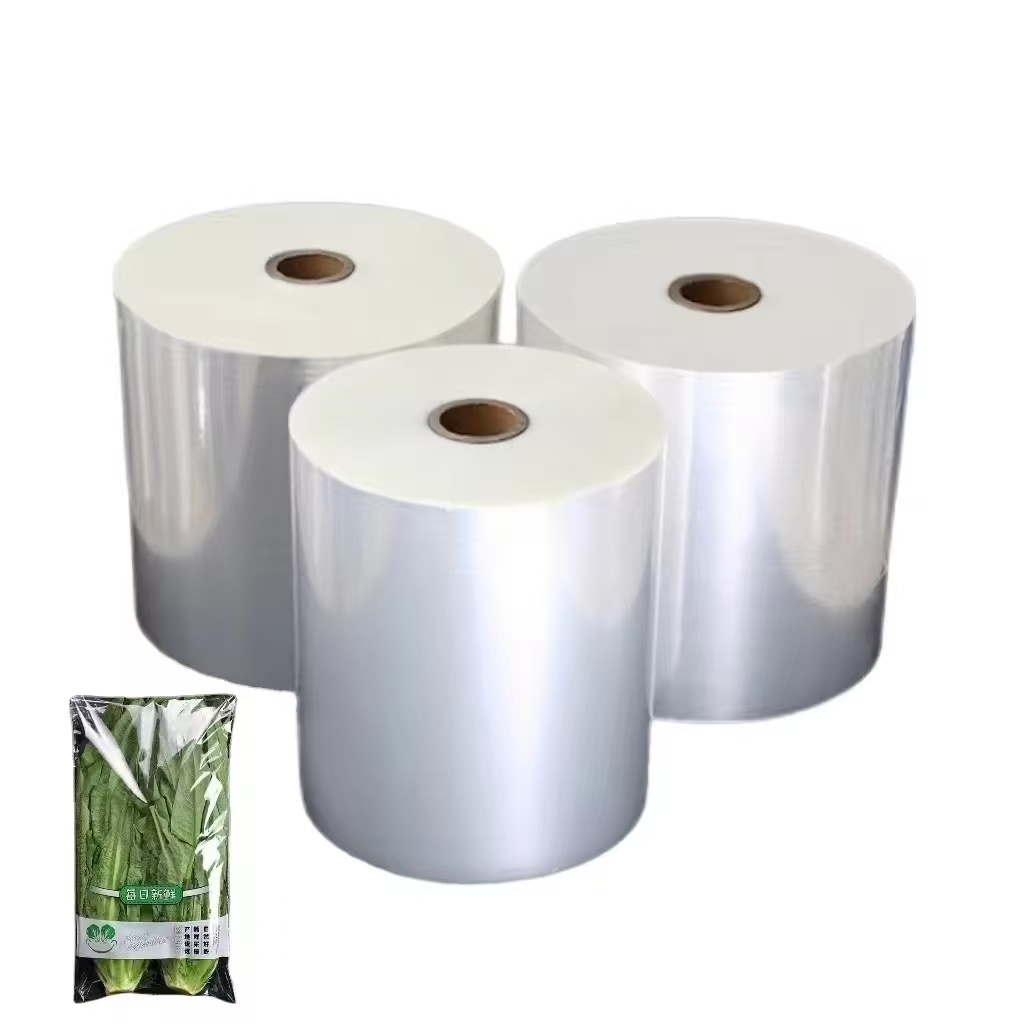 Clothing protection finds BOPP as a gentle sentinel. Garment bags, folded from 25-micron sheets, shield suits from dust in retail racks, zipper access allowing try-ons without exposure. The anti-static variants—infused with quaternary ammonium salts—dissipate charges below 10^9 ohms/sq, preventing fabric cling that snags silks. For e-commerce, poly bags encase folded tees, transparency revealing sizes and colors for easy sorting, burst strength over 20 kg safeguarding against postal tumbles.Anti-static packaging safeguards electronics' fragile hearts. Surface-resistive BOPP, conductivity tuned to 10^6-10^9 ohms, sheathes circuit boards in static-free cocoons. During ESD-sensitive assembly, workers handle trays without grounding straps, the film's clarity permitting visual inspections of solder joints. In storage, nitrogen-flushed pouches maintain low humidity, oxygen barriers curbing corrosion on gold pins. Aerospace suppliers use it for satellite components, where the film's dimensional stability—shrinkage under 1% at 80°C—ensures fit in precision enclosures.Beyond these, BOPP graces pharmaceuticals as vial labels, its conformability wrapping ampoules without bubbling. In stationery, it laminates notebooks, gloss enhancing cover art while toughness fends off backpack abrasions.
Clothing protection finds BOPP as a gentle sentinel. Garment bags, folded from 25-micron sheets, shield suits from dust in retail racks, zipper access allowing try-ons without exposure. The anti-static variants—infused with quaternary ammonium salts—dissipate charges below 10^9 ohms/sq, preventing fabric cling that snags silks. For e-commerce, poly bags encase folded tees, transparency revealing sizes and colors for easy sorting, burst strength over 20 kg safeguarding against postal tumbles.Anti-static packaging safeguards electronics' fragile hearts. Surface-resistive BOPP, conductivity tuned to 10^6-10^9 ohms, sheathes circuit boards in static-free cocoons. During ESD-sensitive assembly, workers handle trays without grounding straps, the film's clarity permitting visual inspections of solder joints. In storage, nitrogen-flushed pouches maintain low humidity, oxygen barriers curbing corrosion on gold pins. Aerospace suppliers use it for satellite components, where the film's dimensional stability—shrinkage under 1% at 80°C—ensures fit in precision enclosures.Beyond these, BOPP graces pharmaceuticals as vial labels, its conformability wrapping ampoules without bubbling. In stationery, it laminates notebooks, gloss enhancing cover art while toughness fends off backpack abrasions. 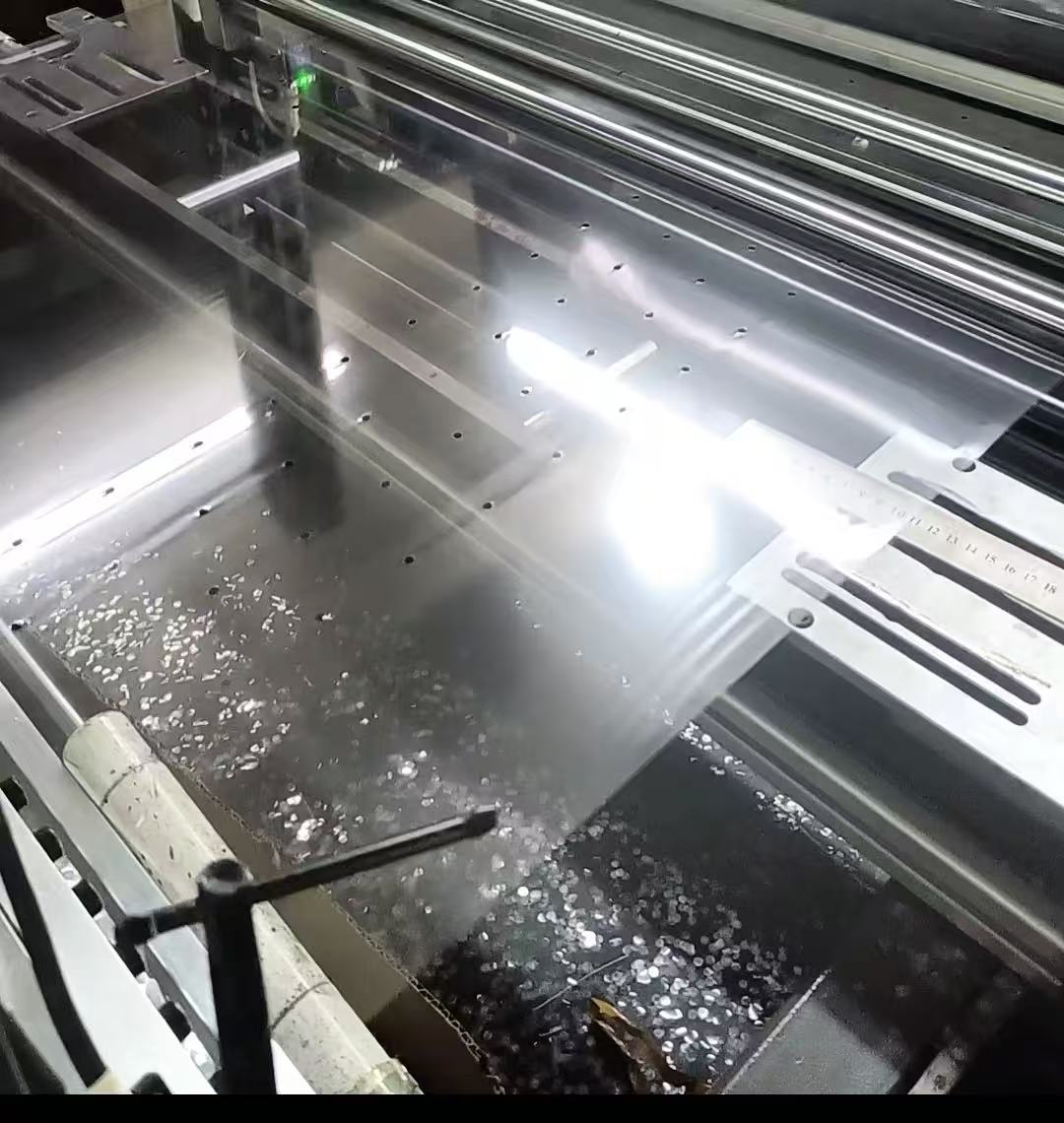 Agricultural seed packets benefit from tear-resistant pouches that display germination rates clearly, boosting farmer trust.Yet, no material is flawless. Static in low-humidity environs can attract lint, countered by topical sprays yielding 99% charge neutralization. Seal inconsistencies in high-moisture foods prompt EVOH coex, but core BOPP endures. Resin price volatility challenges budgets, offset by volume efficiencies—a 3,000m roll packages 50,000 units, diluting costs.Tomorrow beckons with bio-BOPP from renewable feeds, degrading 80% in soil within years. Nano-silver infusions promise antimicrobial wraps, slashing spoilage by 60%. Embedded NFC chips could track freshness, color-shifting indicators alerting to peaks.
Agricultural seed packets benefit from tear-resistant pouches that display germination rates clearly, boosting farmer trust.Yet, no material is flawless. Static in low-humidity environs can attract lint, countered by topical sprays yielding 99% charge neutralization. Seal inconsistencies in high-moisture foods prompt EVOH coex, but core BOPP endures. Resin price volatility challenges budgets, offset by volume efficiencies—a 3,000m roll packages 50,000 units, diluting costs.Tomorrow beckons with bio-BOPP from renewable feeds, degrading 80% in soil within years. Nano-silver infusions promise antimicrobial wraps, slashing spoilage by 60%. Embedded NFC chips could track freshness, color-shifting indicators alerting to peaks.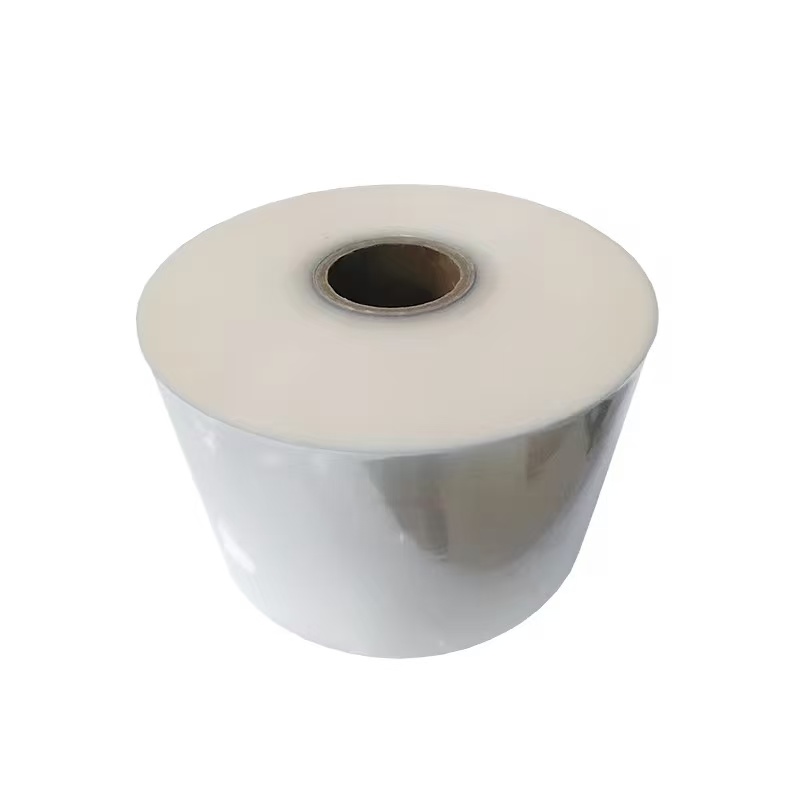 In closing, transparent BOPP soft films are the unsung poets of packaging—versatile verses of clarity and care that cradle our world. From farm-fresh bites to high-fashion folds, they prove that in thin layers lie profound protections, illuminating paths to sustainable splendor.
In closing, transparent BOPP soft films are the unsung poets of packaging—versatile verses of clarity and care that cradle our world. From farm-fresh bites to high-fashion folds, they prove that in thin layers lie profound protections, illuminating paths to sustainable splendor. 